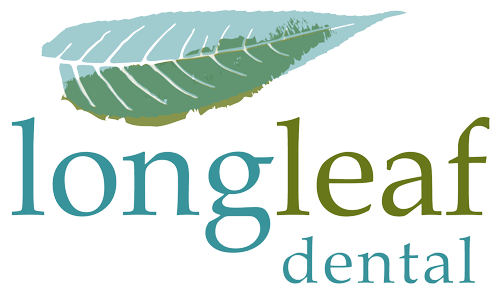
WHEN IS EXTRACTION RECOMMENDED?
A tooth may need to be extracted – removed – for any one of a number of reasons:
- Your tooth is decayed or has become infected.
- A tooth is broken or fractured beyond repair.
- You have severe gum disease, affecting the supporting bone structure and tissues.
- Teeth may be growing in crooked because there is not enough space in your mouth. Tooth extraction allows room for the rest of the teeth to grow straight and proper.
- You do not have enough space for your wisdom teeth at the back of your mouth.
Antibiotics may offer temporary relief from symptoms (like pain and swelling), but having teeth removed or surgically addressed often is the only solution for permanently relieving your symptoms. Comfortable and pain-free.
The first thing one of our dentists will do is administer a safe, gentle anesthetic to make sure you are as comfortable as possible during the procedure. During a simple extraction, instruments called elevators will loosen the tooth, after which it will be removed using forceps. You may feel some pressure and, if any pain, it should be minimal.
WHEN SURGICAL EXTRACTION IS REQUIRED
If your tooth is severely damaged, a surgical extraction may be required. Sometimes there is not enough tooth to grab with the forceps or it may crumble during the extraction. After the anesthetic is administered, several small incisions will be made in your gum, exposing the tooth’s roots. Some surrounding bone can be removed with a drill, allowing the tooth to be removed. The incisions, depending on size, are closed with stitches that usually dissolve in about a week’s time.
We cannot express enough how important it is to see your dentist regularly.
Remember, preventing disease is always better than treating disease.










